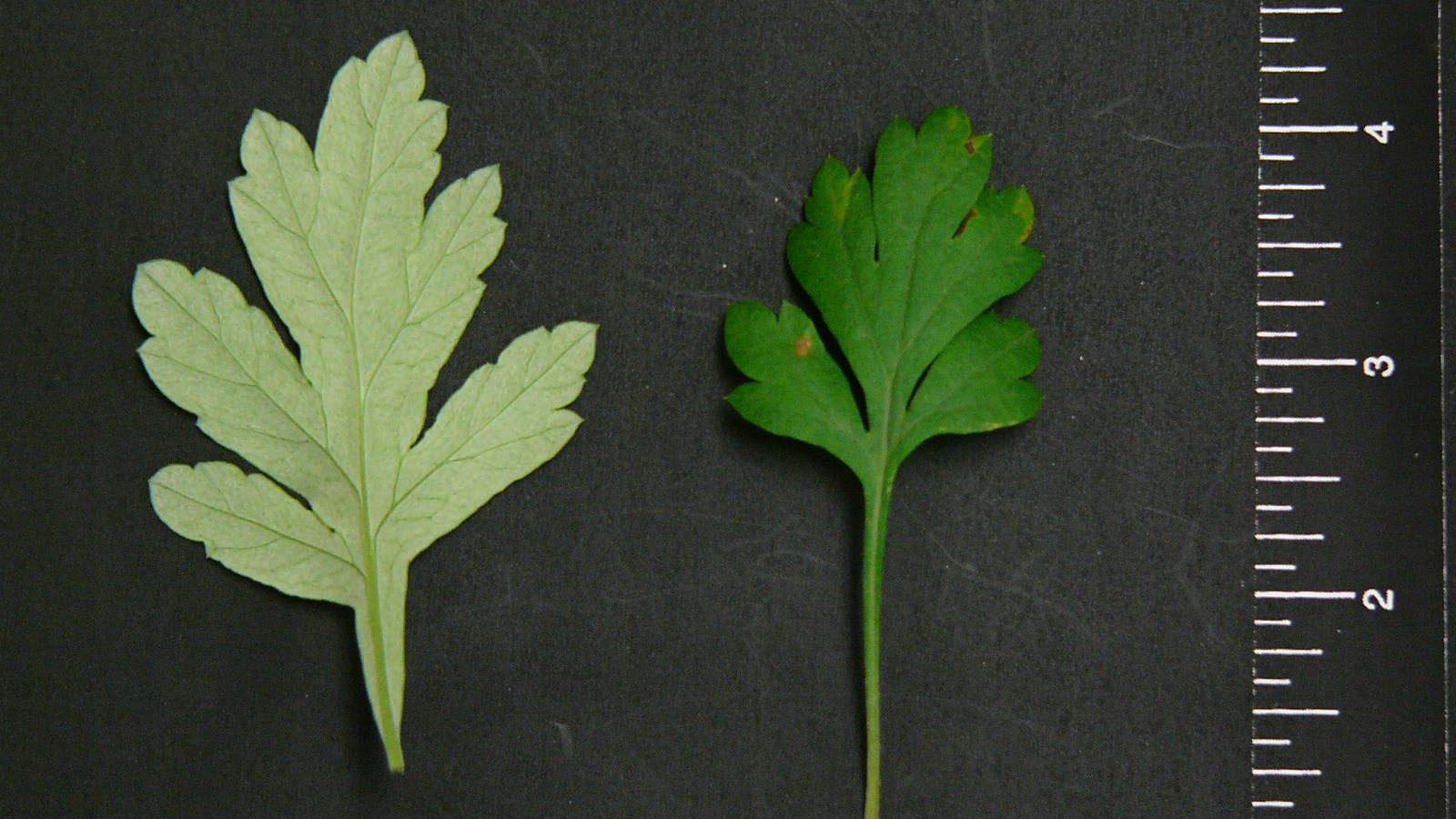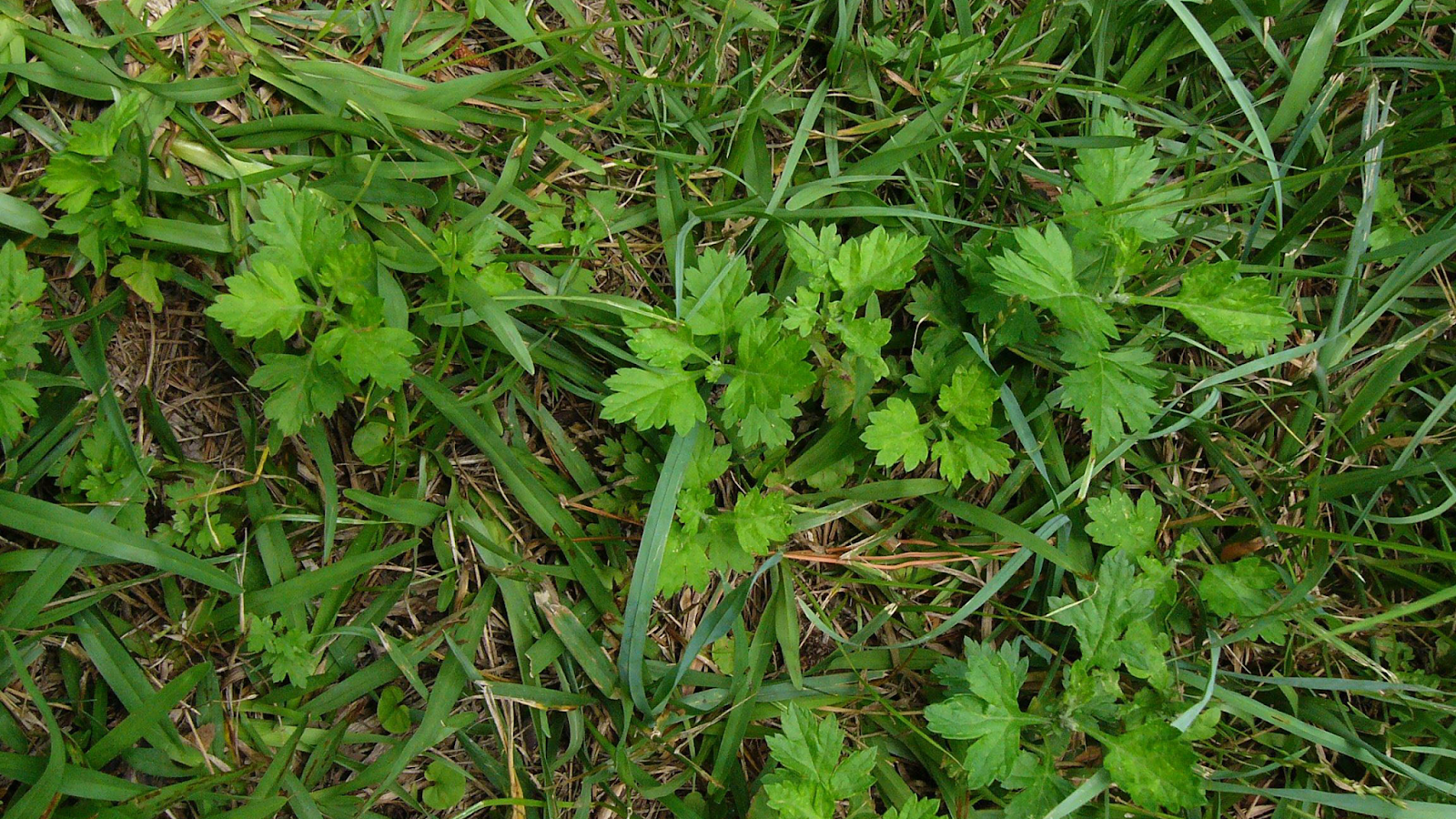Weed of the Week
go.ncsu.edu/readext?800186
en Español / em Português
El inglés es el idioma de control de esta página. En la medida en que haya algún conflicto entre la traducción al inglés y la traducción, el inglés prevalece.
Al hacer clic en el enlace de traducción se activa un servicio de traducción gratuito para convertir la página al español. Al igual que con cualquier traducción por Internet, la conversión no es sensible al contexto y puede que no traduzca el texto en su significado original. NC State Extension no garantiza la exactitud del texto traducido. Por favor, tenga en cuenta que algunas aplicaciones y/o servicios pueden no funcionar como se espera cuando se traducen.
Português
Inglês é o idioma de controle desta página. Na medida que haja algum conflito entre o texto original em Inglês e a tradução, o Inglês prevalece.
Ao clicar no link de tradução, um serviço gratuito de tradução será ativado para converter a página para o Português. Como em qualquer tradução pela internet, a conversão não é sensivel ao contexto e pode não ocorrer a tradução para o significado orginal. O serviço de Extensão da Carolina do Norte (NC State Extension) não garante a exatidão do texto traduzido. Por favor, observe que algumas funções ou serviços podem não funcionar como esperado após a tradução.
English
English is the controlling language of this page. To the extent there is any conflict between the English text and the translation, English controls.
Clicking on the translation link activates a free translation service to convert the page to Spanish. As with any Internet translation, the conversion is not context-sensitive and may not translate the text to its original meaning. NC State Extension does not guarantee the accuracy of the translated text. Please note that some applications and/or services may not function as expected when translated.
Collapse ▲A weed for your Wednesday… This week’s weed is mugwort (Artemisia vulgaris), a member of the Asteraceae/ daisy family. Mugwort is a perennial that can be very hard to get rid of because of its strong and persistent rhizomes (or modified underground stems). It is actually listed as an invasive weed in many states. Mugwort leaves look similar to your typical mum leaves, with dissected lobes, alternate leaf arrangement and silvery gray undersides – so don’t go pulling up your fall mums!
Cultural control for this weed is hand weeding, making sure to dig up all those horizontal stems. Chemical spot control for this pesky weed in garden beds or waste areas includes Roundup Pro (glyphosate) in May and August for two years, Lontrel (clopyralid) in May- applied when growth is present, and Casoron (dichlobenil) paired with the August round-up (optional). If mugwort is persistent within the lawn, Tenacity (mesotrione) or Echelon (sulfentrazone + prodiamine) are what you will need for pre and post emergence control.
As always remember that when using chemicals, please be sure to read and follow all labels and instructions! If you need any help or have questions about how/when to apply, or which chemicals you can use and where, just call our office! We will be happy to help!







